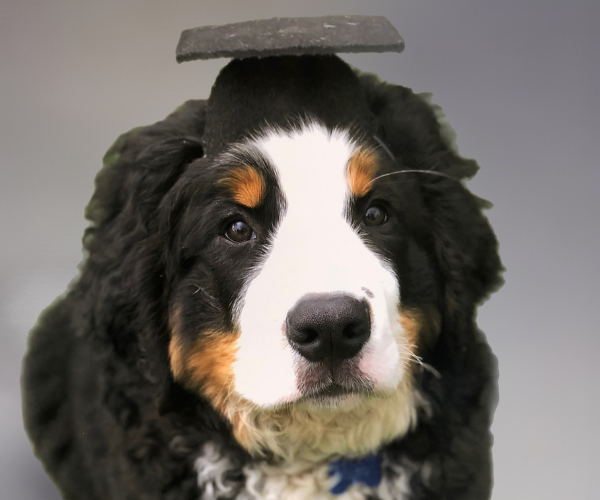
Puppy Training Tips
Share
First of all, congratulations on getting a puppy! Bringing home a new puppy is an exciting time, but it can also be overwhelming when it comes to training. Fortunately, with some patience and consistency, you can establish good habits and behaviors in your furry friend. Here are some tips to get you started on the right track.
Puppies can begin learning basic obedience techniques at the age of just eight weeks old, which is essentially as soon as you bring them home. Important to start training early so you set the stage for a well-behaved dog in the future. It’s also important that your puppy views any type of training you do as a positive experience that they look forward to each time.
Start with basic commands
For the first week or so, your puppy will have quite a lot on their mind: moving to a new home, learning where to go potty, meeting other dogs and people in the household, adjusting to the new routine. "Training" at this stage may not be very effective. But that does not mean you shouldn't be watching and learning.
Where to start? Well start a training schedule. Remember, puppies have short attention spans, so it's best to keep training sessions short and sweet. We recommend starting with five to ten-minute sessions several times a day, and gradually increase the length as your puppy gets older.
The first step in training your new puppy is to establish basic commands such as sit, stay, come, and heel. These commands will not only help with obedience but also with safety. Start with one command at a time and use positive reinforcement techniques such as treats and praise to encourage your puppy to follow through. Consistency is key, so make sure everyone in the household is using the same commands and rewards.

Use positive reinforcement
Positive reinforcement is one of the most effective training techniques for puppies. This means rewarding your puppy for good behavior rather than punishing them for bad behavior. When your puppy follows a command correctly, offer them a treat, their favourite toy or praise them with a happy tone of voice. This will encourage them to repeat the behaviour in the future. Avoid using physical punishment or yelling, as this can cause fear and anxiety in your puppy and damage your relationship with them.
Tip: When praising your puppy, pat them under the chin or chest as this is more affectionate than a pate on the back or the head.
When teaching your puppy to ‘stay’ start with getting your puppy to sit. Hold your hand up and say ‘stay’, then take one small step back, wait a few seconds then say ‘good (name)’ and give them a small treat. Each time, take an extra step away from the puppy. Remember to sound really happy and excited when they complete the challenge.
Be consistent with training
Consistency is key when it comes to puppy training. Make sure everyone in your household is using the same commands and techniques to avoid confusing your puppy. Stick to a regular training schedule and keep training sessions short and frequent. Remember, puppies have short attention spans, so it's important to keep training sessions fun and engaging. With consistency and patience, your puppy will learn and grow into a well-behaved and obedient dog.
Setting Boundaries and Rules
Try to set some boundaries and rules with your puppy around the house. There might be places you don’t want them to go for example. Don’t let your puppy doe things when they are young that you don’t want them to do later in life (e.g jumping on the couch of sleeping in your bed).
Training your new puppy can be a lot of work, but it's also a lot of fun! Just be patient, stay consistent, and above all, have a good sense of humour. After all, puppies are bound to get into a bit of mischief now and then.
Need some Healthy Training Treats, we have a wide range for you to choose from Here.
Happy training!
